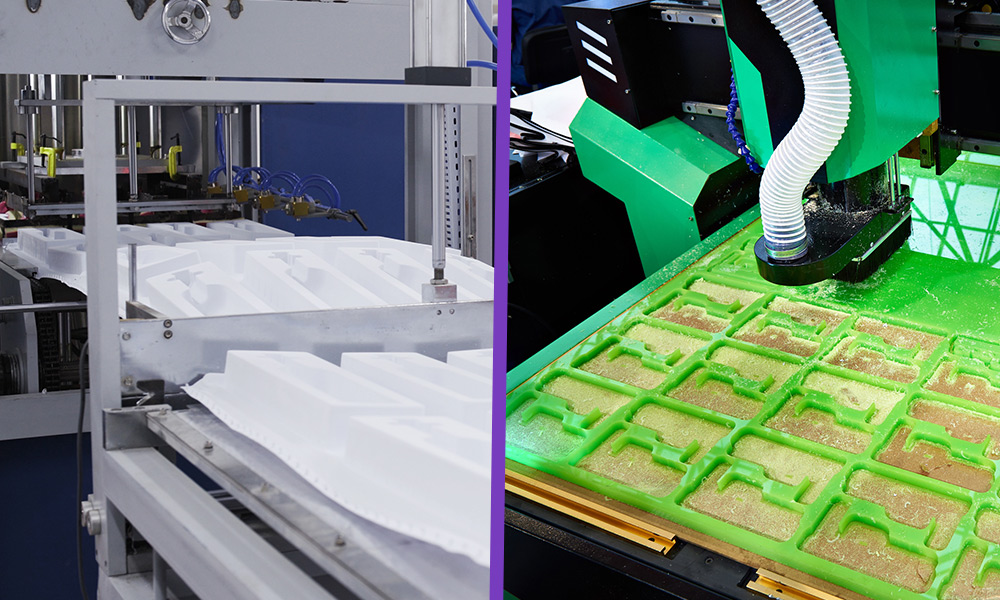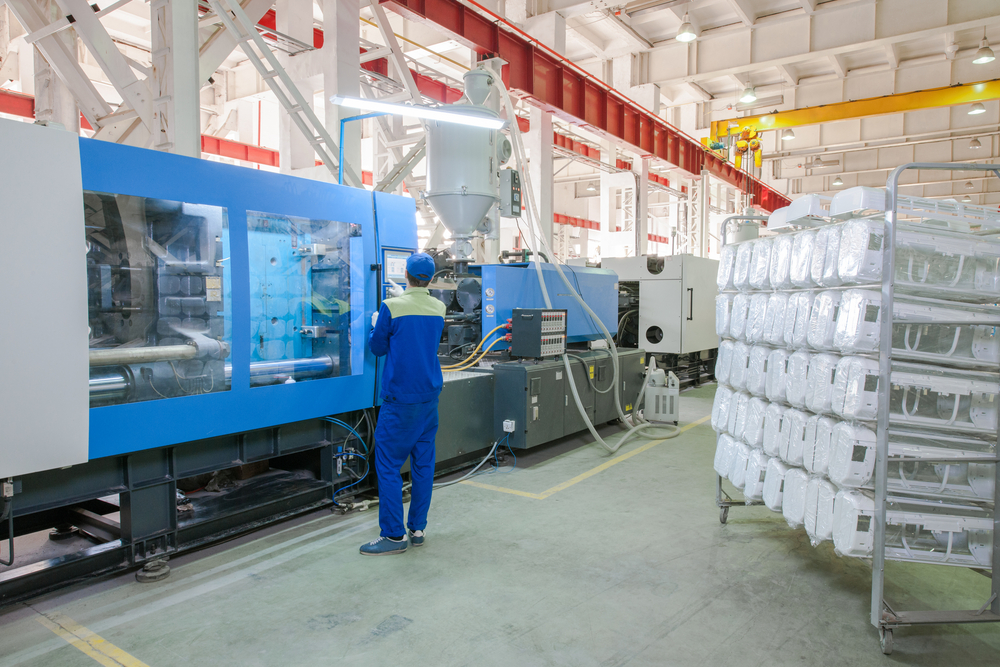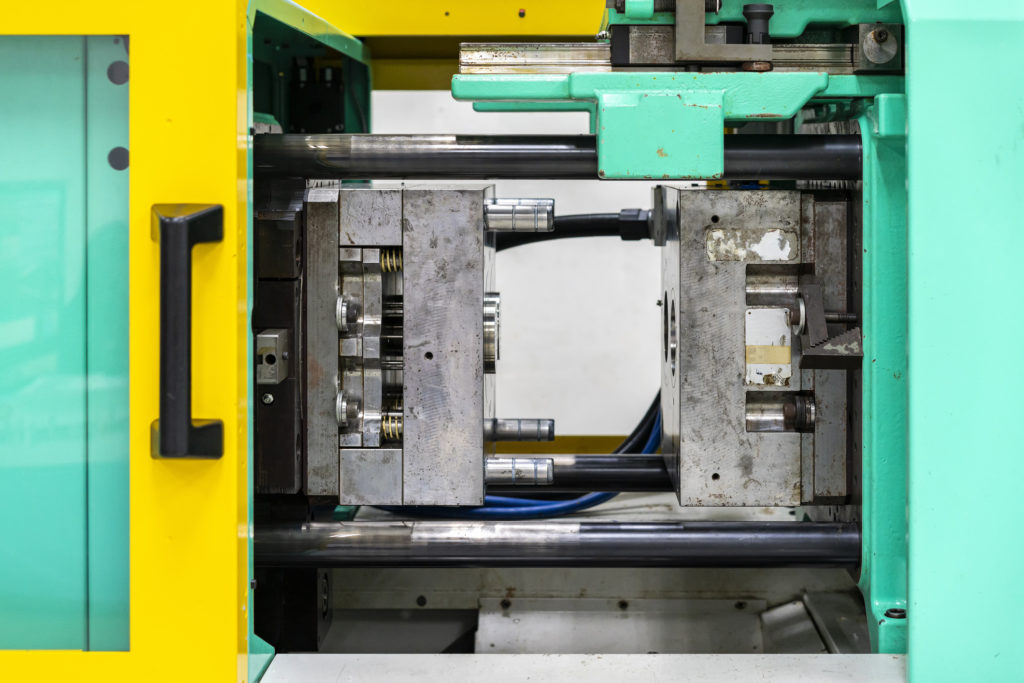The Advantages of Using Plastic Injection Molding for Custom-made Components Manufacturing
The Advantages of Using Plastic Injection Molding for Custom-made Components Manufacturing
Blog Article
Understanding the Fundamentals of Plastic Shot Molding Procedures
Plastic shot molding serves as a cornerstone of contemporary production, supplying a methodical method to creating complicated elements with precision. Discovering these essential elements can disclose exactly how even minor changes can lead to substantial enhancements in production outcomes, elevating concerns about the potential for advancement in this well established process.
What Is Plastic Shot Molding?
Plastic injection molding is an extensively utilized production process that changes thermosetting and polycarbonate products into specific and complex forms. This technique is favored for its capacity to produce high quantities of the same parts with phenomenal accuracy, making it a crucial method in numerous sectors, including automotive, customer items, and medical gadgets.
The process entails melting the chosen plastic material and infusing it right into a mold and mildew under high pressure. The mold and mildew, created to the requirements of the preferred part, permits the liquified plastic to form as it cools and solidifies. As soon as the material has solidified, the mold and mildew is opened up, and the ended up component is ejected.
Plastic injection molding provides a number of benefits, consisting of reduced waste, consistency in production, and the ability to integrate detailed layouts that might be testing with various other manufacturing methods. Additionally, it supports a broad range of materials, each offering special residential or commercial properties that can be tailored for particular applications. As markets remain to innovate, plastic injection molding remains at the leading edge, allowing the advancement of sophisticated products that meet developing consumer needs.
The Injection Molding Process
The injection molding procedure is an innovative technique that involves a number of vital stages to create high-grade plastic components. Plastic pellets are fed right into a warmed barrel where they are melted into a thick liquid. This molten plastic is then infused under high stress into a precision-engineered mold, which forms the product into the wanted kind.
When the mold is loaded, the plastic is permitted to cool and solidify, taking the shape of the mold and mildew tooth cavity. Cooling time is crucial, as it affects the cycle time and the last residential properties of the molded component. After adequate cooling, the mold and mildew opens, and the ended up element is ejected making use of ejector pins.

Materials Used in Injection Molding
Various materials can be made use of in the shot molding procedure, each offering one-of-a-kind properties that satisfy specific applications. One of the most generally used materials include thermoplastics, thermosetting plastics, and elastomers.

Thermosetting plastics, like epoxy and phenolic resins, undergo a chemical adjustment during the curing process, causing a rigid, inflexible structure. These products are perfect for applications calling for high heat resistance and architectural honesty, frequently made use of in electrical insulators and automobile components.
Elastomers, consisting of silicone and rubber-based materials, give flexibility and durability. Their special residential or commercial properties make them appropriate for applications that require flexibility, such as gaskets and seals.
Additionally, specialty materials like bio-based plastics and composites are acquiring grip for their ecological advantages and boosted efficiency characteristics, broadening the scope of injection molding applications in various markets. Comprehending the buildings of these products is crucial for selecting the appropriate type for particular projects.
Advantages of Injection Molding
Shot molding stands out as a very reliable production procedure that uses many advantages for creating complex get rid of precision. Among one of the most substantial benefits is the capability to develop elaborate layouts that would be tough or impossible to achieve with various other approaches (Plastic Injection Molding). The procedure enables for comprehensive features and limited tolerances, guaranteeing top quality components
In addition, shot molding is known for its fast production capacities, making it an excellent selection for high-volume manufacturing. As soon as the mold and mildew is created, components can be created quickly, lowering lead times and increasing total productivity. This performance Web Site not just reduces manufacturing expenses but likewise provides an one-upmanship in the marketplace.
The adaptability of materials made use of in injection molding additionally enhances its charm. A wide array of thermoplastics and thermosetting polymers can be employed, enabling manufacturers to select materials that ideal meet their specific demands, including toughness, adaptability, and warmth resistance.
Additionally, the procedure minimizes waste, as excess material can usually be recycled and reused. This sustainability element adds to a reduced environmental influence, making shot molding a responsible manufacturing option. Generally, the benefits of shot molding make it a preferred method for numerous markets.
Variables Influencing Product Quality
While various aspects can affect item top quality in shot molding, recognizing these components is crucial for achieving optimal results. Secret elements include material selection, processing parameters, and mold design.
Material selection plays a vital function, as different polymers click exhibit unique residential properties that influence flowability, strength, and thermal stability. Poor material choice can cause issues such as bending or incomplete dental filling.
Processing parameters, including temperature level, stress, and cycle time, must be meticulously regulated. Variants in these settings can result in incongruities partly dimensions and surface coating. As an example, excessively high temperature levels might cause degradation of the polymer, while poor stress can cause short shots.
Mold layout is similarly important, as it establishes the circulation of the molten plastic and the cooling navigate to these guys process. Inadequately developed molds may lead to irregular cooling prices, resulting in recurring anxieties and dimensional inaccuracies.

Verdict
Finally, plastic shot molding acts as an essential production procedure that allows the effective production of premium elements. Mastery of the injection molding procedure, consisting of the understanding of products and the influence of various factors on item top quality, is crucial for attaining ideal results. The advantages of this method, such as cost-effectiveness and layout adaptability, additional underscore its significance throughout several markets, solidifying its standing as a favored choice for high-volume manufacturing.
Plastic injection molding serves as a keystone of contemporary manufacturing, giving a systematic method to producing intricate elements with precision.Plastic injection molding offers several advantages, including lowered waste, uniformity in production, and the ability to include intricate layouts that may be testing with other manufacturing techniques (Plastic Injection Molding). As industries proceed to innovate, plastic shot molding remains at the center, allowing the growth of sophisticated items that satisfy advancing consumer needs
The injection molding procedure is a sophisticated method that involves a number of vital stages to produce high-quality plastic elements.In verdict, plastic injection molding offers as a crucial production procedure that allows the reliable production of premium parts.
Report this page